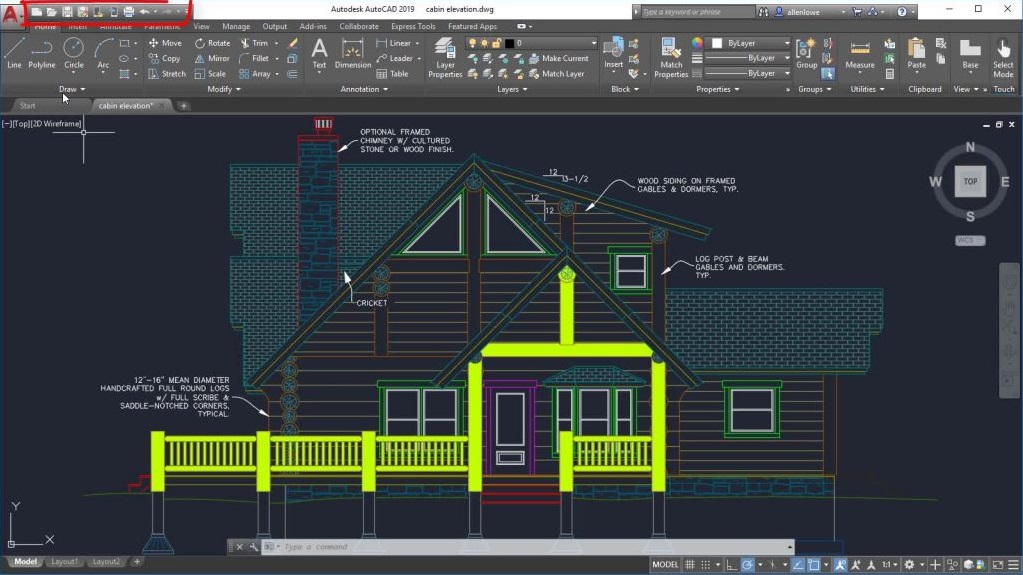Most major industrialized urban areas in the U.S. are unable to meet the National Ambient Air Quality Standards (NAAQS) for ozone. buy Mathcad for cheap price studies have shown that ozone formation is the result of a complex set of chemical reactions involving volatile organic compounds (VOCs) and nitrogen oxides (NOx). Those studies indicate that many urban areas with VOC/NOx ratios greater tan 15:1 can reduce ambient ozone levels only by reducing NOx emissions. Many states, therefore, are implementing NOx control regulations for combustion devices in order to achieve compliance with the NAAQS ozone standard.
This article discusses the characterization of NOx emissions from industrial combustion devices. It then provides guidance on how to evaluate the applicable NOx control technologies and select an appropriate control method.
Most industrial combustion devices have not been tested to establish their baseline NOx emission levels. Rather, the NOx emissions from these units have been simply estimated using various factors. In light of recent regulations, however, it is mandatory that the NOx emissions from affected units now be known with certainty. This will establish each unit’s present compliance status and allow definition of fee applicable control technologies for those units that will require modification to achieve compliance.
It is, therefore, important to test each combustion device to verify its NOx emissions characteristics. The testing process should be streamlined to provide timely and necessary information for making decisions regarding the applicability of NOx control technologies.
The basic approach is to select one device from a class of units (that is, of same design and size) for characterization testing (NOx, CO2, and 02). Testing is conducted at three load points that represent the normal operating range of the unit, with excess oxygen variation testing conducted at each load point. Figure 1 illustrates the typical characterization test results. The remaining units in the class are tested at only one load point, at or near full load.
The operational data obtained during testing, in conjunction with the NOx and CO data, are used to define the compliance status of each unit, as well as the applicable NOx control technologies for those devices that must be modified. In most instances, this approach will allow multiple units to be tested in one day and provide the necessary operational data the engineer needs to properly evaluate the potential NOx control technologies.
Reasonably available control technology (RACT) standards for NOx emissions are defined in terms of an emission limit, such as 0.2 lb NOx/MMBtu, rather than mandating Specific NOx control technologies. Depending on the fuel fired and the design of the combustion device, a myriad of control technologies may be viable options. Before selecting RACT for a particular combustion device, it is necessary to understand how NOx emissions are formed so that the appropriate control strategy may be formulated.
NOx emissions formed during the combustion process are a function of the fuel composition, the operating mode, and the basic design of the boiler and combustion equipment. Each of these parameters can play a significant role in the final level of NOx emissions.
Thermal NOx formation in gas-, oil-. and coal-fired devices results from thermal fixation of atmospheric nitrogen in the combustion air. Early investigations of NOx formation were based upon kinetic analyses for gaseous fuel combustion. These analyses by Zeldovich yielded an Arrhenius-type equation showing the relative importance of time, temperature, and oxygen and nitrogen concentrations on NOx formation in a pre-mixed flame (that is, the reactants are thoroughly mixed before combustion).
While thermal NOx formation in combustion devices cannot actually be determined using the Zeldovich relationship, it does illustrate the importance of the major factors that Influence thermal NOx formation, and that NOx formation increases exponentially with combustion temperatures above 2.800°F.
Experimentally measured NOx formation rates near the flame zone are higher than those predicted by the Zeldovich relationship. This rapidly forming NO is referred to as prompt NO. The discrepancy between the predicted and measured thermal NOx values is attributed to the simplifying assumptions used in the derivation of the Zeldovich equation, such as the equilibrium assumption that O = ½ 02. Near the hydrocarbon-air flame zone, the concentration of the formed radicals, such as O and OH, can exceed the equilibrium values, which enhances the rate of NOx formation. However, the importance of prompt NO in NOx emissions is negligible in comparison to thermal and fuel NOx.
When nitrogen is introduced with the fuel, completely different characteristics are observed. The NOx formed from the reaction of the fuel nitrogen with oxygen is termed fuel NOx. The most common form of fuel nitrogen is organically bound nitrogen present in liquid or solid fuels where individual nitrogen atoms are bonded to carbon or other atoms. These bonds break more easily than the diatomic N2 bonds so that fuel NOx formation rates can be much higher than those of thermal NOx. In addition, any nitrogen compounds (e.g., ammonia) introduced into the furnace react in much the same way.


